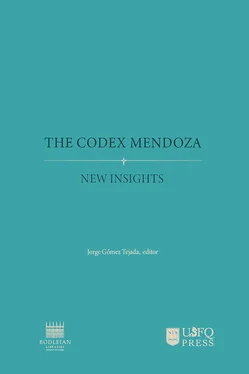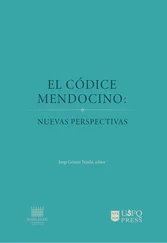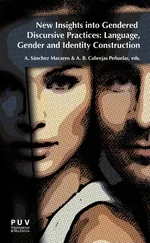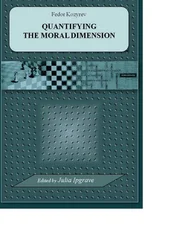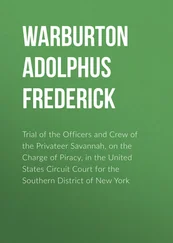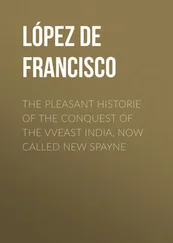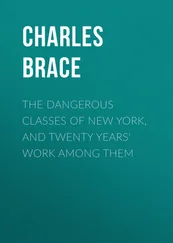After a period in Renaissance France, it came to rest in Oxford and has been kept safe here at the Bodleian Library for over 350 years. Codex Mendoza embodies an overwhelming tragedy: the dissolution of a civilization. Yet, it also crystallizes and almost celebrates the culture of that civilization by recording and interpreting not only its history, geography (through tax returns), and everyday life, but also its art, language, and pictographic writing. All this is keyed as if to facilitate wider understanding in a European language. Even before it was gifted to the Bodleian Library by John Selden’s executors around 1659, the manuscript’s intellectual content had been available for wider study through a set of woodcut images in the third volume of Purchas his Pilgrimes (Purchas 1625). Codex Mendoza took pride of place in 1831 as the first item to be fully printed in color in the first volume of the Antiquities of Mexico, reproduced by Lord Kingsborough in lithographic facsimile. That publication, like successive photographic facsimiles of the twentieth century, proved to be too costly for wider circulation. However, in just the last few years, digital technology has enabled the reproduction of the pages of the Codex Mendoza online as well as closer study of its colors through non-destructive instrumental analysis and multispectral photography. As such, it is with the greatest pleasure that I welcome this new color facsimile of the Codex Mendoza, published in Ecuador with wide-ranging contributions by scholars from Latin America, the United States, and Europe. This publication meets the aim of the Bodleian Libraries of the University of Oxford to make this manuscript and all of its unique features available to be more extensively studied throughout the world. Richard Ovenden Bodley’s Librarian
CHAPTER 1
The History of the Codex Mendoza
Jorge Gómez Tejada
CHAPTER 2
The Painting Materials of Codex Mendoza
Davide Domenici, Chiara Grazia, David Buti, Laura Cartechini, Francesca Rosi, Francesca Gabrieli, Virginia M. Lladó-Buisán, Aldo Romani, Antonio Sgamellotti, Costanza Miliani
CHAPTER 3
Report on Repairs of 1985-6, Watermarks, and Collation of Codex Mendoza (Oxford, Bodleian Library, MS. Arch. Selden. A. 1)
B. C. Barker-Benfield
CHAPTER 4
The Concept of Style for the Nahua Painters of New Spain
Diana Magaloni
CHAPTER 5
The Makers of the Codex Mendoza
Jorge Gómez Tejada
CHAPTER 6
The Whiteness of their Clothes
Mary Ellen Miller
CHAPTER 7
The Representation of Taxation in the Codex Mendoza
Claudia Brittenham
CHAPTER 8
Aztec Glyphic Writing in the Codex Mendoza and Other Pictorials: Some New Thoughts
Frances F. Berdan
CHAPTER 9
The Codex Mendoza and the City of Mexico-Tenochtitlan
Barbara E. Mundy
CHAPTER 10
The Legible Image: Painting in Translation
Daniela Bleichmar
CHAPTER 11
Abduction: The Reception and Reproduction of the Codex Mendoza in France and England (1553-1696)
Todd P. Olson
CHAPTER 12
Learning to Look: Pictures, Sacred Oratory and Memory in Guaman Poma de Ayala’s Conzederaciones
Carmen Fernández-Salvador
CHAPTER 13
The Ancient Rule for Living in the Codex Mendoza: Part 3 as a Transformed Tonalamatl
Joanne Harwood
CHAPTER 14
Arranging the Conquests: Section I of the Codex Mendoza
Lucien Sun
INDEX OF TABLES AND CHARTS
INDEX OF FIGURES
NEW INSIGHTS

CHAPTER 1
The History of the Codex Mendoza

Jorge Gómez Tejada
Universidad San Francisco de Quito USFQ
The Codex Mendoza, as it has been known since Francisco Clavijero first linked the manuscript to don Antonio de Mendoza, first Viceroy of New Spain at the end of the eighteenth century, is one of the most beautiful examples of tlacuilolli, the Nahua art of painting and writing. Produced at some point between 1542 and 1552, the manuscript is also one of the most famous collaborative projects between Nahua artists and Spanish interpreters of the first half of the sixteenth century.1 In the Codex Mendoza, the narrative that emerges from the convergence of Nahua pictographic writing and Spanish alphabetic writing describes the tripartite history of the Mexica world, a history that begins with the foundation of the city of Tenochtitlan in 1325 and ends with the death of its last ruling tlatoani, Moteuhczoma Xocoyotzin.
The first section of the manuscript (folios 1r to 18r) cogently represents the growth of the Mexica State. As Barbara Mundy shows in this volume, the altepetl of Tenochtitlan is the main protagonist of this narrative, which follows a dual axis composed of military conquests on one hand and brief biographies of the lords of Tenochtilan on the other. The second section of the manuscript (folios 18v to 56r) articulates the relationship between the Mexica capital and its vassals related to the collection of tributes and taxes.2 The choices made by the artists who produced the Codex Mendoza regarding the inclusion or omission of the types of objects involved in this process of taxation emphasize both the value allotted to finished products—highlighting a social structure based on the division and specialization of labor—and the performativity of such documents.3 In the third section of the manuscript (folios 56v to 71v), the artists charged with producing the codex depict the inhabitants of the Mexica State, creating unprecedented pictorial compositions that echo the rhetoric of order and beauty developed in the first two sections and that simultaneously humanize the events and social relations with which they are concerned.
As a whole, the pictures and texts of the three sections of the codex evoke not only traditionally Mesoamerican notions of social order, but also those imported from Spain, which became a source both of convergence as well as strain between the two societies. The Mesoamerican grid acts as the organizing principle of the manuscript and neatly overlaps with the one the first urban planners of New Spain had imported in books by thinkers such as Alberti. At the same time, the laws imposed by the lords of Mexico described throughout the first section of the Codex Mendoza are reflected in the notion of civility embodied in the Spanish concept of policía, upon which the character of New World societies would be measured and debated throughout the sixteenth century. The representation of space, which in Mexican manuscripts is traditionally two-dimensional, contrasts with the single point perspective imported from Europe by cosmopolitan friars, thus expanding the possibilities of representation of the natural world, both for the Nahua artist and the European observer. All of these matters are addressed in the following chapters.
Throughout the course of its history, the Codex Mendoza has been presented as an object of constantly changing form and identity, partly because of its very nature—a manuscript consisting of 71 folios which is impossible to fully understand outright—and partly because of the multiple ways in which it has been analyzed by those who have studied it, seeking to answer diverse questions originating in different historical contexts, as Daniela Bleichmar suggests. In her study on the circulation and transmission of the Codex Mendoza, she observes that the ontology of the codex manifests itself as unstable in time and that it it is created anew with every study and new interpretation, in spite of the fact that it remains static in Oxford (see Chapter 10). Likewise, in his essay for this volume, Todd Olson focuses on the manuscript’s reception and interpretation in the work of Melchisedech Thévenot, identifying a process whereby the contents of the manuscript are gradually sequestered and disbanded, to the point that they basically become unrecognizable within the world of encyclopedic knowledge that took shape over the course of the seventeenth century. The work of these art historians sees beyond the Codex Mendoza as a historical document or primary source, and functions instead as a logical segue to the work of scholars such as H. B. Nicholson, Silvio Zavala, and James Cooper Clark, who, responding to the historicist priorities of their times, sought to bestow upon the manuscript an identity as closely anchored in their documentary research as was possible.
Читать дальше
